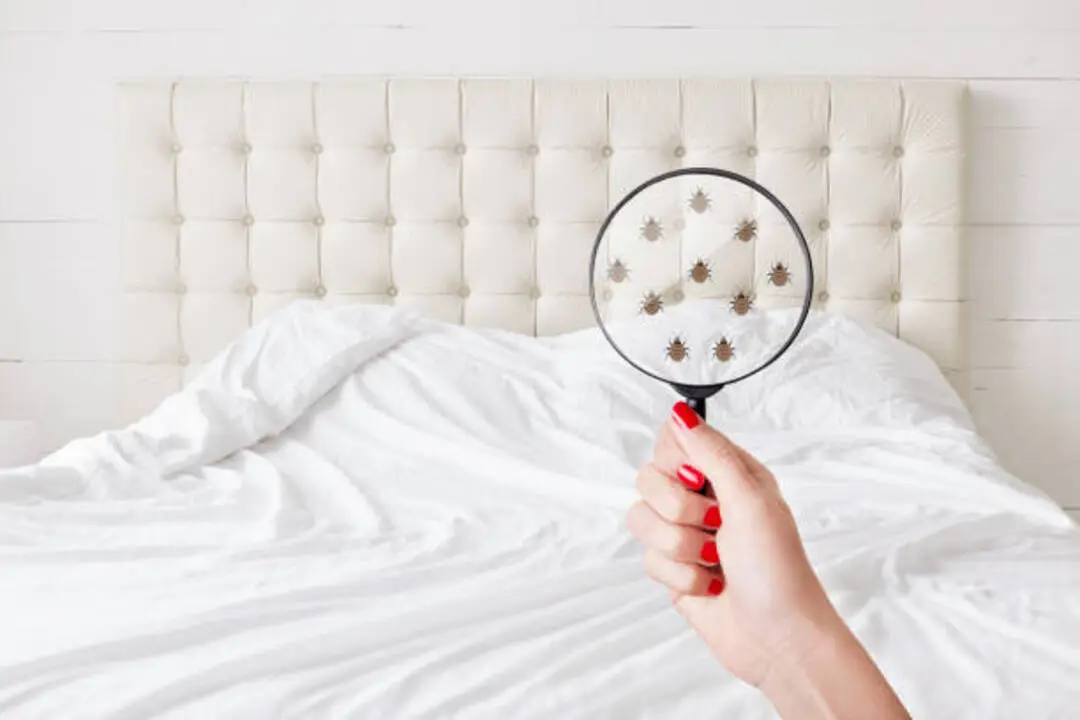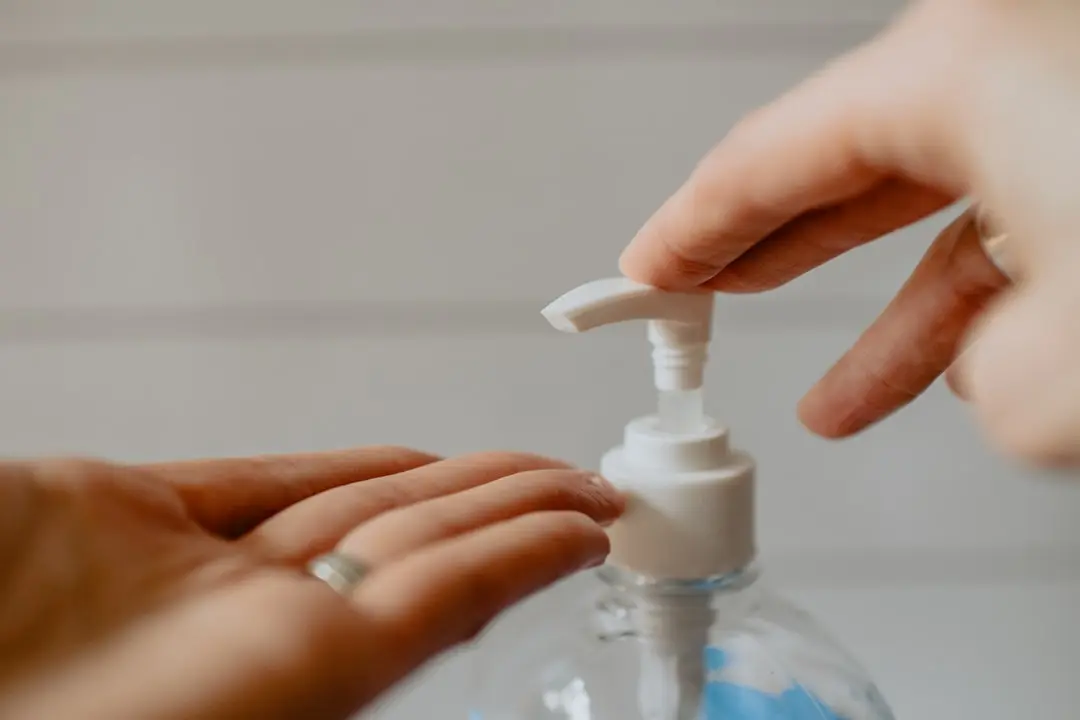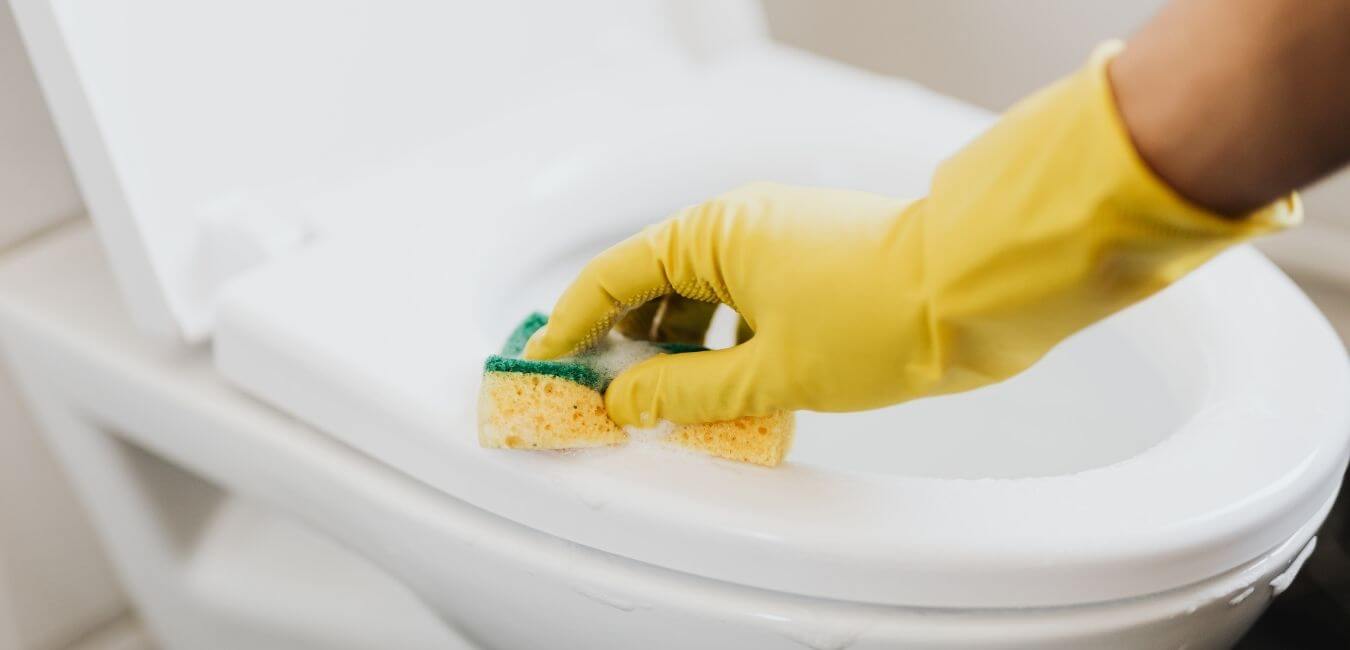Bed bugs are tiny little pests that can make your life very difficult. Bed bugs multiply quickly and can start to affect all areas of your home, including the bedroom, living room, dining room, and even the bathroom. These insects like to live near their food source, which would be you (or your pets).
Once bed bugs enter an area, they tend to stay around that area. They spread through the woodwork and get into your furniture and other items in the house. If you have these pests, getting rid of them can be a very unpleasant process.
This article will help you identify bed bug stains in and around your environment. That is the first part of your fight against bed bugs.
Nature of Bed Bug Stains
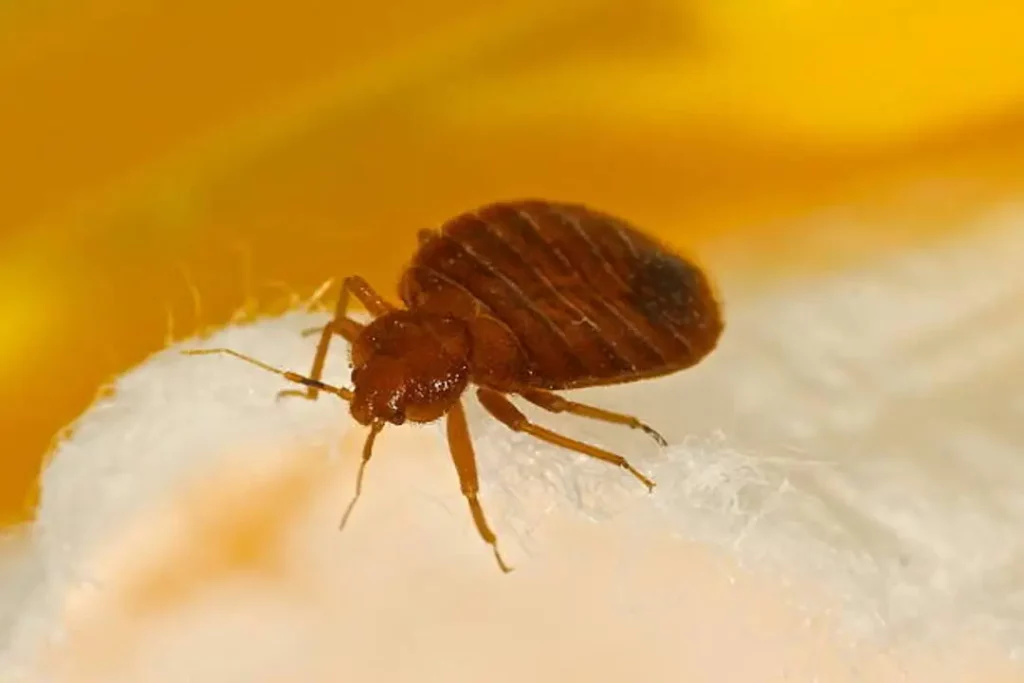
Bed bugs consist of a reddish-brown, flat body, and a yellowish head that has been described as being quite “buggy”. Bed bugs have six legs, but since they are flattened creatures, they have a limited ability to walk long distances.
The coloration of bed bugs varies depending on the current level of their last meal. When they are hungry, their bodies appear dark red and purple, while if they have recently had a blood meal, they are bright red to rust in color.
Bed bugs can get into your house by stowing away in luggage or clothing that is being brought inside. They do not have nests as such, but they will leave small dark stains on mattresses where their bodies come into contact with the untreated fabric. General bed bug symptoms include:
A Sweet, Musty Odor
There are several signs that indicate a possible bed bug infestation, so it is important to know what they look like. These insect stains will often look different if there are only one or multiple bugs present.
If you notice certain behaviors in your home, such as unexplained bites on your skin or rashes, you should contact a pest control agency immediately. They can come out to examine your property and determine if there is a bed bug infestation present.
Dark Spots on Mattresses
If you have bed bugs in your home, they will often leave dark spots or stains on carpets, sheets, walls, and other items where they reside. These stains are often lighter against dark surfaces but can be darker on light-colored sheets or carpets.
Bites on Your Skin
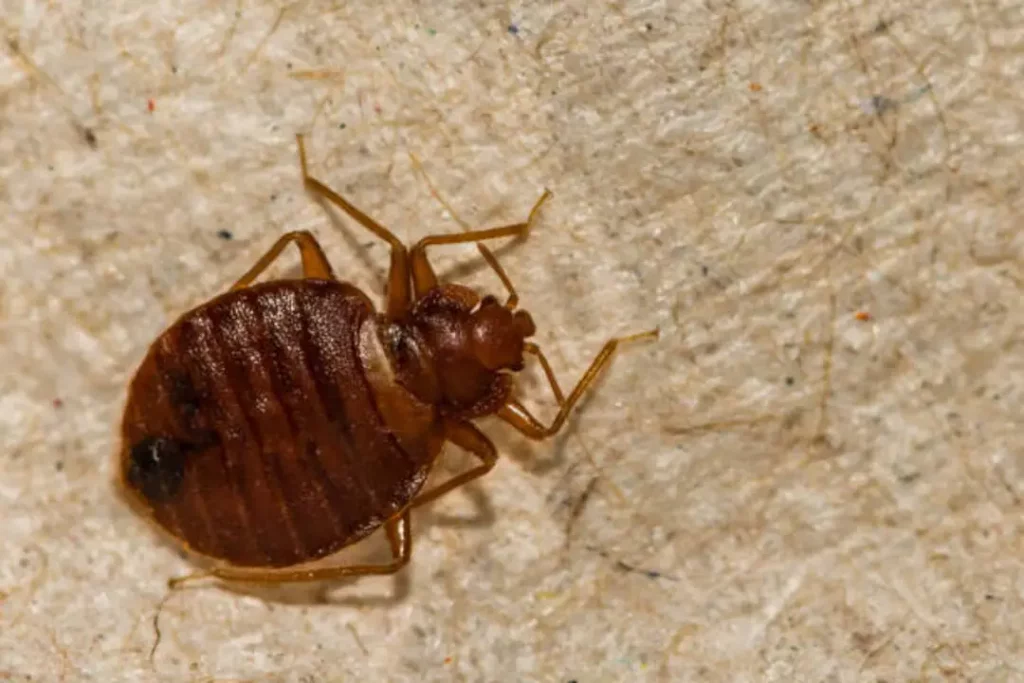
Bed bugs are more active at night, so many of the bites you may receive will occur while you’re sleeping. However, bed bug infestations may cause bites and rashes on your arms, hands, legs, or anywhere else while you’re awake.
You should inspect your skin carefully if you suspect there is a bed bug infestation in your home.
Clover-Colored Spots on Sheets or Carpets
Clover-shaped spots are another sign of bed bugs. These spots are often the same color as an insect’s body, but can also be darker or lighter depending upon the bug’s current stage of maturity.
Scientists estimate that bed bugs have lived on human blood for at least 400 years, so it is unlikely they will ever become extinct. These pests are found throughout all 50 states and in homes, hotels, apartments, and dorm rooms.
Bedding or Upholstery with A Sweet Scent
Finally, another indication that bed bugs are present is if you notice a sweet smell in your home. These pests release pheromones to communicate with one another, so the odor may be subtle at first but will become stronger as the infestation increases.
If you find any of these signs in your home or hotel room, contact a professional pest control company immediately. The longer you wait to treat an infestation, the harder it will be to remove all of the bed bugs from your property.
How to Identify Bed Bug Stains?

If you have been unfortunate enough to have bed bugs, then identifying stains from their blood is a common way of finding out more about the situation.
Identification of these stains is a good place to start if you suspect that you might have an infestation, or if you want some advice on what action to take. This article will help you identify bed bug stains and offer good tips for handling them.
Bed bug infestations are unfortunate events that many homeowners try to eliminate as soon as possible. If you think you might have an infestation, it’s best to get to the source of the problem right away.
Identifying what those stains on your mattress really are can be a good first step. Identifying bed bug stains can be quite simple, just take these steps:
- Find the stain on your mattress or sheets. This should be easy enough. The bloodstains are usually brown or black and will look like little blotches, often surrounded by a red area of skin irritation. If you think you have found a bed bug stain but are not sure, make a note of where it is.
- Search for other stains around the bedroom. This will help you identify if there is a larger infestation going on. If you find more stains in multiple areas of your room, then that will likely mean that you have a very large problem on your hands.
- Compare the stains you’ve found to other bed bug images available online. The more research you do, especially by comparing the stain you’ve found with previous examples, the better your chances of identifying it correctly.
- If you think that there is a large infestation in the house, then it’s best to call in an exterminator. They can help you get rid of the problem and keep it from coming back. Most often, if the infestation is large, professional assistance will be required to solve the problem once and for all.
- Check for any live or dead bedbugs on both pieces of furniture, as well as for cast skins that look like they might be bed bug shells.
- Look for fecal stains that look like black dots (bed bug feces) and bloodstains made by crushed bugs. These may be on the surface of mattresses, box springs, bed frames, and walls. Blood spots could also come from crushed bugs on the carpet or floor near the infested furniture, but it is very rare for bed bugs to live on the floor.
- Look inside crevices of furniture where bedbugs might be hiding, including cracks in wooden furniture legs, joints, and inside drawers too.
- Use a flashlight if necessary to see better into the darkness of tight spaces.
- Remember that bedbug fecal stains can look like many other kinds of dark dots found on bedding and furniture. Blood spots could also come from crushed bugs, but it is very rare for bed bugs to live on the floor.
- Check nearby window casings, baseboards, and molding cracks where the bugs might be hiding too. However, this isn’t likely.
- Take a picture of the bed bug stains and save it to use as evidence if you need to show what they look like later. Compare the stains you’ve found to other bed bug images available online. The more research you do, especially by comparing the stain you’ve found with previous examples, the better your chances of identifying it correctly.
- If you live in an apartment with neighbors, ask them if they have recently noticed any strange stains on their furniture or walls. They could be your best allies! Plus, by working together to stop the infestation, you might save yourself a lot of time and money!
- Also, pay attention if you are waking up with bites that don’t resemble mosquitoes or other insect bites.
Final Thoughts
Bed bugs have a special place in the modern pest world. They cause problems for homeowners and businesses alike, especially since they can be difficult to identify.
To get rid of bed bug stains from your bedding or from other items where bed bugs may live, you need to start by identifying them. Use the steps given in this article to help you determine what you’re dealing with. Thanks For Reading!
